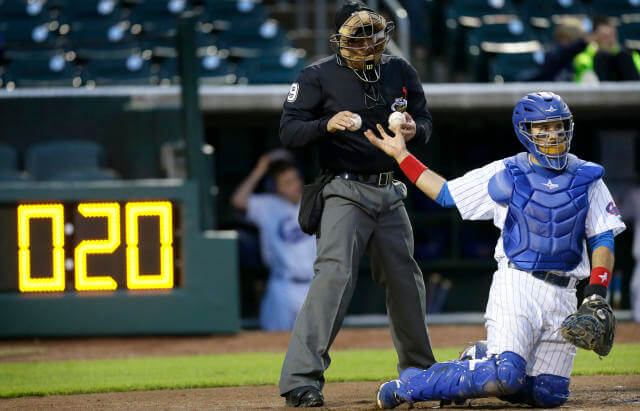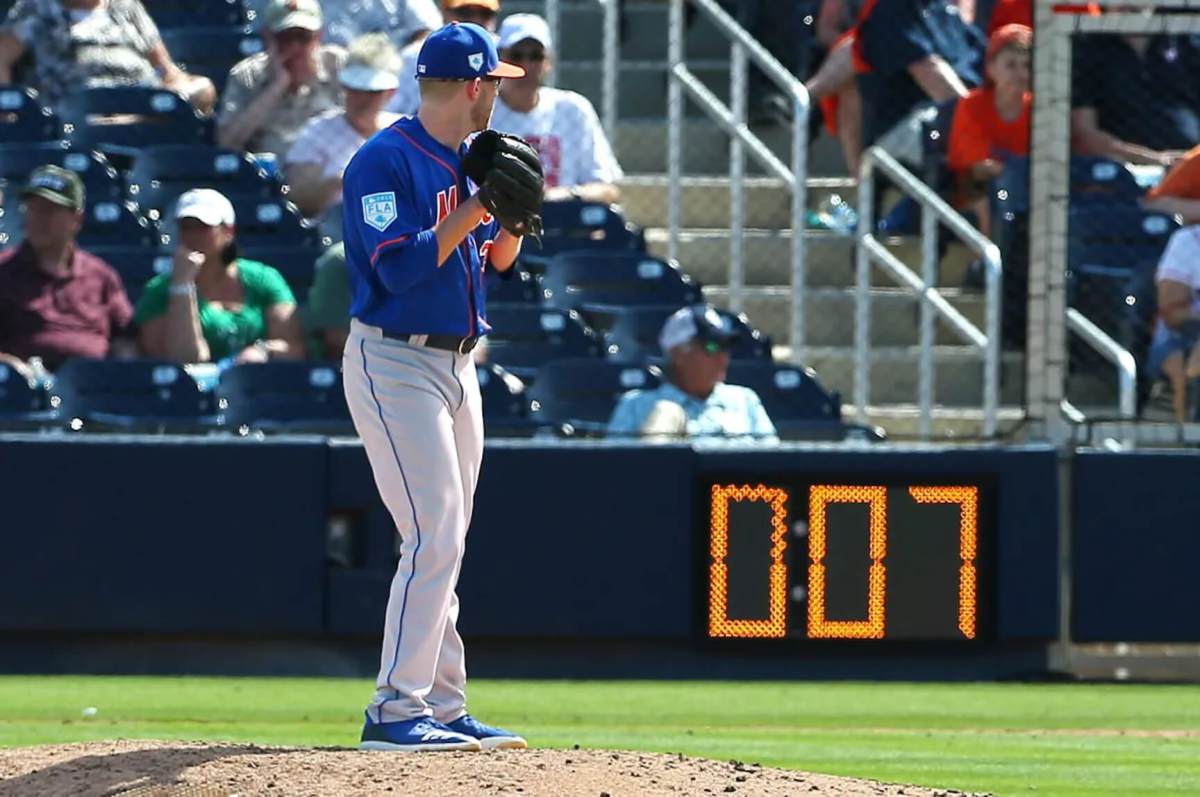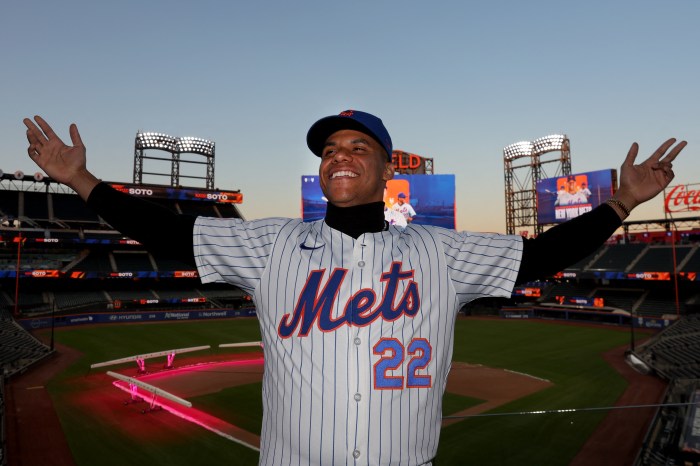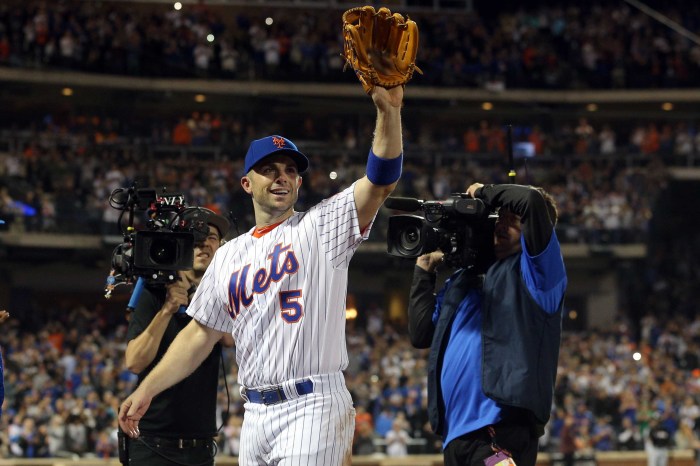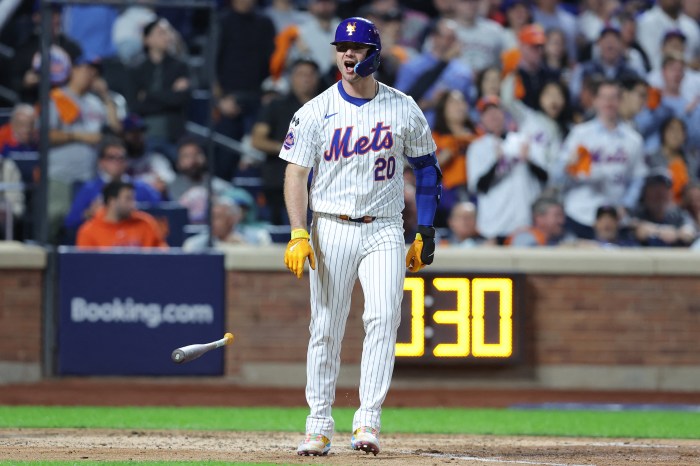Big changes could be on the horizon next MLB season as the league tries to find solutions for overly long games.
For years there has been concern that the MLB pace of play is impacting the fan experience. With football and basketball seemingly passing baseball in terms of national popularity, the commissioner’s office has been searching for ways to make the game more approachable. Cutting down on the average game time, which in 2021 was three hours and ten minutes, was priority number one.
The most oft-discussion solution was the introduction of a pitch clock, which has been used intermittently in the minor leagues for years but was tested out this year across all minor league levels.
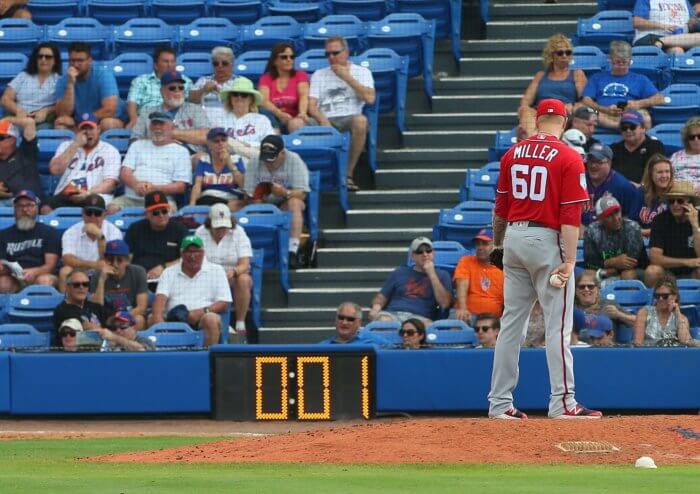
The idea of the pitch clock is simple. With no runners on, the pitcher has 14 seconds between pitches. With runners on base, the pitcher has 18 seconds. If the clock hits zero, the umpire can rule a ball. In either instance, the batter has until the nine-second mark to be in the batter’s box and ready to hit or the umpire can assess a strike to the count.
The clock resets after each pitch once the catcher returns the ball to the pitcher.
Additionally, a batter has thirty seconds after the hitter in front of him has finished his at bat before the new batter needs to be in the batter’s box. Pitchers can also reset the clock by stepping off the rubber or picking off to first base, but they have only two chances per at-bat to do so before they are forced to pitch to the batter.
While the rule was not initially met with much approval, it has been an unquestioned success in terms of speeding up the pace of play. According to Minor League Baseball, through August 7th, these are the differences between 2021 and 2022 gameplay.
| 2021 | 2022 | |
| Average Game Time | 3:03 | 2:37 |
| Runs per Game | 5.13 | 5.12 |
| League Batting Average | .246 | .249 |
| League Strikeout% | 24.5 | 25.6 |
| League Walk% | 10.5 | 10.5 |
| League HBP% | 1.6 | 1.6 |
Based on this year’s sample, the pitch clock has cut half an hour off of game time without sacrificing any effectiveness for pitchers in terms of strikeouts or control. The league offensive numbers have also stayed pretty consistent or improved, suggesting that the faster pace hasn’t impacted a batter’s readiness.
Overall, the trial year in the minor leagues seems to have been a rousing success.
There has also been some speculation that the pitch clock has actually improved player health and performance. “In the Single-A California League – the only affiliated league where the clock was used last season — pitching injuries were actually lower than at all other levels.” This has been attributed by some to better routine and also shorter game times leading to fewer long nights with little sleep for players.
Stolen bases have also been on the rise in MiLB this year since pitchers can only pick off or step off the rubber twice per batter. “In the past, [a pitcher] might put a hold on with no pitch, where you’re waiting for the runner to break early,” said minor league manager Austin Chubb. “You can’t do that now, because you’re going to run out of time and it’s going to be a ball.”
Through the first 1,400 MiLB games in 2022, teams were averaging 2.88 stolen base attempts a game, which is up from 2.11 in 2019 and 2.79 in 2020.
More stolen base attempts and faster overall gameplay are two things that undoubtedly make the game more fun for fans.
Since MLB can unilaterally introduce new rules for future seasons with 45 days’ notice under the new collective bargaining agreement, it would appear to be highly likely that we’ll see a pitch clock at the Major League level in 2023.
Of course, there will be concerns. Right now, the pitch clocks are operated manually, which means there may not always be consistency in terms of how soon a clock is reset after each batter or pitch. Some pitchers may feel that discrepancies could be intentional, to favor a particular pitcher or team.
Veteran pitchers, like Max Scherzer who has been outspoken against the pitch clock, will have to adjust to the sped-up pace and will, undoubtedly, blame the new pitch clock for any dip in performance.
However, it would be smart to prepare ourselves for a new future. It seems the clock is indeed ticking on baseball games without a timer.
For more MLB coverage, like this pitch clock story, visit amNY Sports
